Here we’re going to check the market of the leather bag in kenya and also the best high-quality type of materials used in manufacturing bags.
In the context of the Big 4 Agenda for the years leading up to 2022, Kenya has designated the leather industry as a priority sector within the manufacturing sector.
Because it accounts for around 4% of agricultural GDP and 1.5% of total GDP, makes a considerable contribution to exports, and has the potential to progress Kenya’s industrialization agenda by the year 2030, the leather industry is crucial to Kenya’s economy.

Because Kenya is home to the third-largest cow population in all of Africa, the country’s leather industry receives a significant supply of raw materials from this resource.
According to the Kenyan National Bureau of Statistics, the country is home to an estimated total population of 18.8 million cattle, 26.7 million goats, 18.9 million sheep, 3.2 million camels, and 1.9 million donkeys.
Cattle make up the majority of the population in Kenya. Kenya was responsible for 10.67% of Africa’s total production of bovine hides in 2012, 4.94% of Africa’s goat skin output, and 3.75% of Africa’s sheep and lamp skin output, respectively.
In 2012, the country produced roughly 3 million hides, 4.3 million goat skins, and 2.9 million sheep skins. Recent years have seen an increase in Kenya’s output of skins and hides, pointing to a bountiful supply of raw materials as well as the potential for the growth of value-added downstream enterprises.
Kenya’s estimated share of the approximately US$120 billion global leather market is US$140 million, with significant growth potential if the raw and semi-processed hides and skins shipped by the nation (which account for more than 95% of exports) were transformed into leather items.
The global leather market is estimated to be worth about US$120 billion.
It has been projected that an increase in the processing of skins and hides might contribute between 15 and 25 billion shillings to the GDP in addition to at least 50,000 new employment.
The disparity between the local demand for leather goods and the available supply presents an opportunity for investors to make a profit.
Although the business only produced 8.1 million pairs of shoes in 2017, the market wanted a total of 40 million different pairs of footwear. This indicates that industrial output can only satisfy around 40 percent of the nation’s demand.
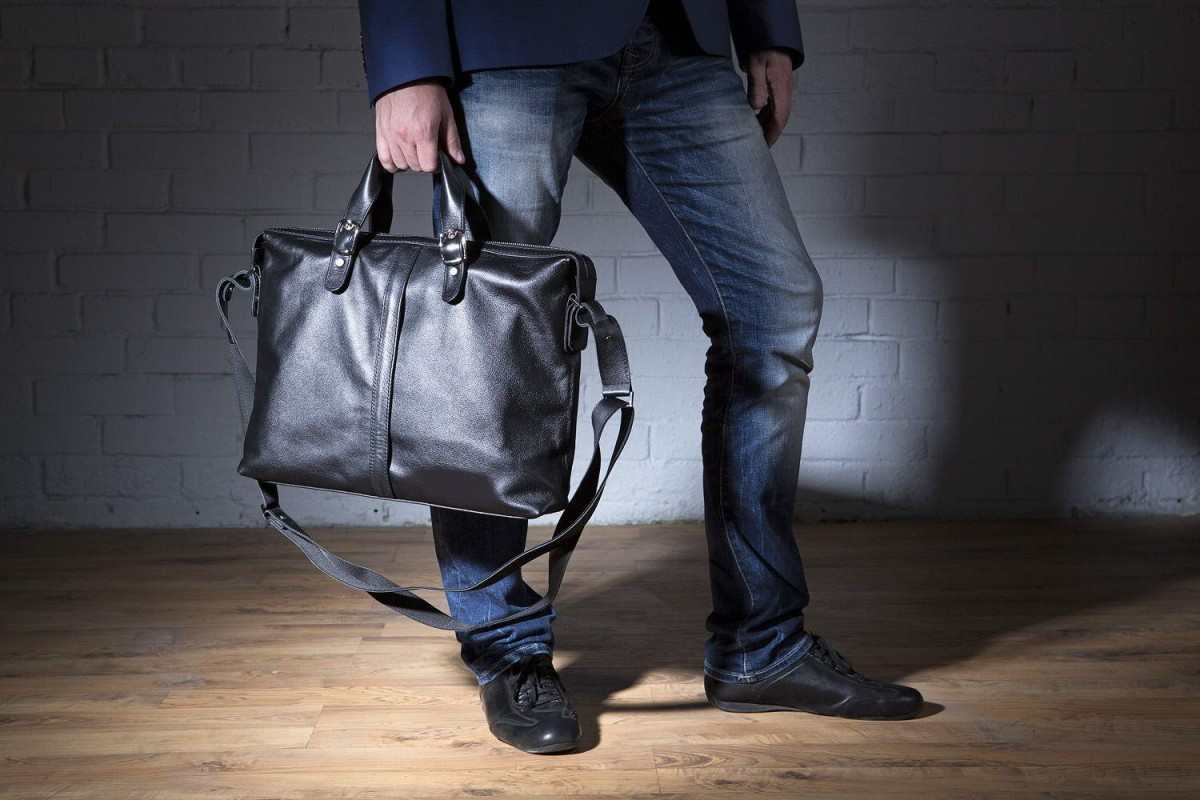
It is anticipated that by the year 2021, this demand will have increased to 46.8 million pairs, indicating that there is a significant opportunity for development in terms of value.
The establishment of the 500-acre Ngozi Kenya Leather Park in Machakos is one of the government’s plans to bolster the sector and attract investors.
This park will house the various players in the nation’s leather sector in a central location and see many extended benefits to the business in an effort to encourage growth in the industry.
The leather park is expected to become the location of up to forty significant firms, some of which will be tanneries, organizations that pack and export goods, and shoe manufacturers.
The park will also include a small and medium-sized enterprise park (SME park) that will enjoy the same export processing zone advantages of trade and taxes as the bigger firms in order to entice local businesses, particularly micro businesses.
Individuals in the business who have faced issues such as a shortage of raw materials, a lack of labor, exorbitant taxes, and a lack of close supporting industries would find the Ngozi Kenya Leather Park to be a dream come true.
The high cost of locally marketed leather and leather materials, high labor costs, and high energy prices are the three primary causes that contribute to the uncompetitive nature of Kenyan goods; the park will contribute to the resolution of these issues.
I’m on the hunt for leather, but I can’t quite put my finger on the kind I need.
There is a wide variety of quality leather. After you have familiarized yourself with the many categories, it will be simple for you to evaluate the worth of the materials and choose the one that is most suitable for you, your business, or your clients.

This succinct review provides a list of the most prevalent types of leather as well as a discussion of the pros and cons associated with each kind.
A variety of leather surface textures
On the basis of its surface, natural leather is often classified into the following four categories:
- Full-grain
During the process of preparation, an animal’s skin could have cuts made in it to separate its outer layer from its inner layer. In contrast to the other forms stated above, the surface of the skin is not altered nor divided by full-grain leather, which is the only type of leather.
By going through this procedure, the leather will become more durable, and it will also reveal the grain and pattern that were naturally present in the hide.
It is vital to keep in mind that full-grain leather will acquire a patina over the course of time as it reacts to the circumstances of its surroundings and absorbs the oils that are produced by your body.
Homeowners who are installing new flooring or recovering their furniture are turning to it because of its natural roots, which is a frequent indication as to why it is so popular among these individuals.
- Top-grain
After the inside layers of the skin have been peeled away, the top grain, which is also known as split hides, is the outermost layer of the skin.
Sanding the top grain, forcing a fake grain texture into the hide, and coloring or dying the surface are all done in order to make up for the fact that the top grain isn’t strong or thick enough to make up a completed product on its own.
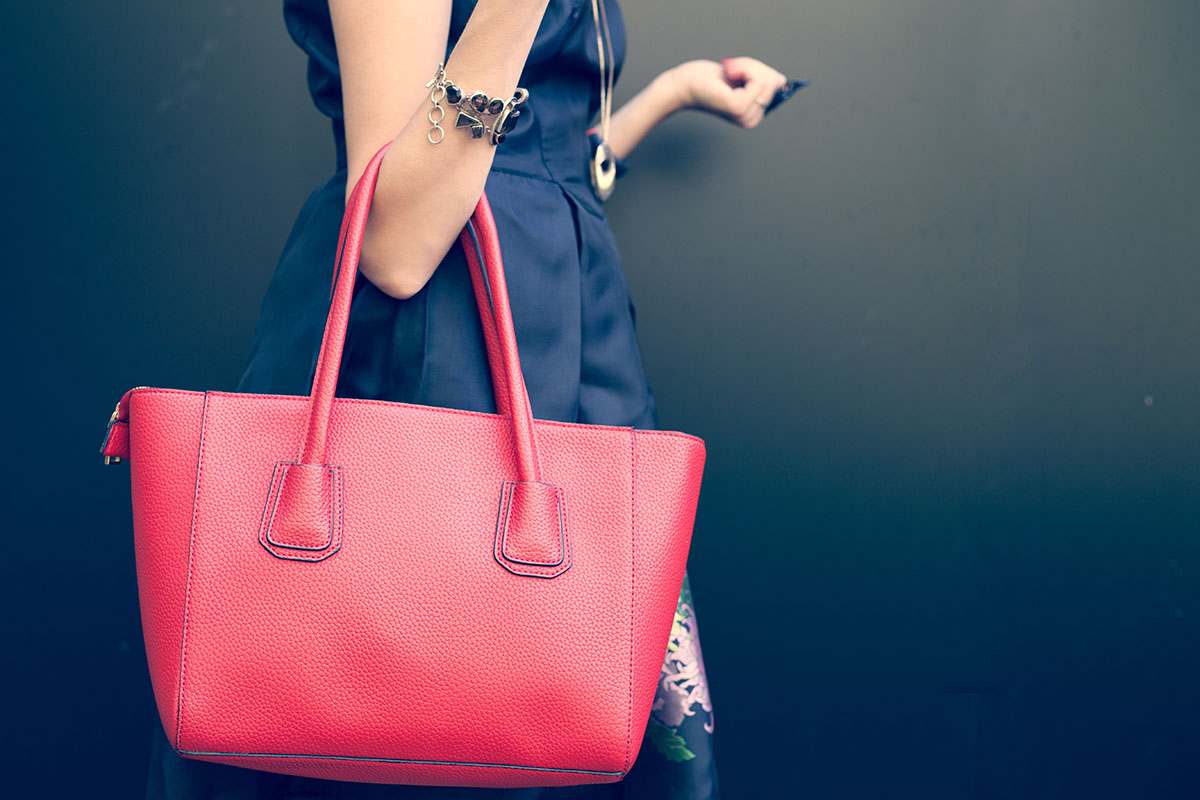
High-grain leather is used in the manufacturing of suede and nubuck. Although it is more soft and malleable than full-grain leather, with time it will stretch out permanently and lose its shape.
- Corrected grain
The top layer of the hide is used in the production of corrected grain leather. After undergoing a procedure that is quite similar to the one that is used on top-grain leather, the rectified grain is sanded to remove any defects before having a false grain pattern embossed on it.
The leather loses some of its natural permeability as well as some of its naturally rich, patterned texture and color when this gloss is put to it.
- Split
The fibrous portion of the hide that is left behind after the rawhide has been removed is what is utilized to make split leather. This happens after the rawhide has been removed.
Because of its cheaper cost, split leather is not believed to be as durable as top grain or rectified leather, despite the fact that it may be embossed and sanded down in the same manner as these other types of leather.
Then, which kind is the most desirable?
There are several different grades of genuine leather, with full grain being the highest quality. Whole-grain leather is exceptionally long-lasting and trustworthy due to the fact that its grain has not been cut apart into the top and bottom layers.
Whole-grain leather is more breathable than other types of leather since it does not have any chemical treatments.
Because it is able to breathe, leather will always maintain the appropriate temperature and will not deviate from its neutral pH, regardless of the conditions outside.
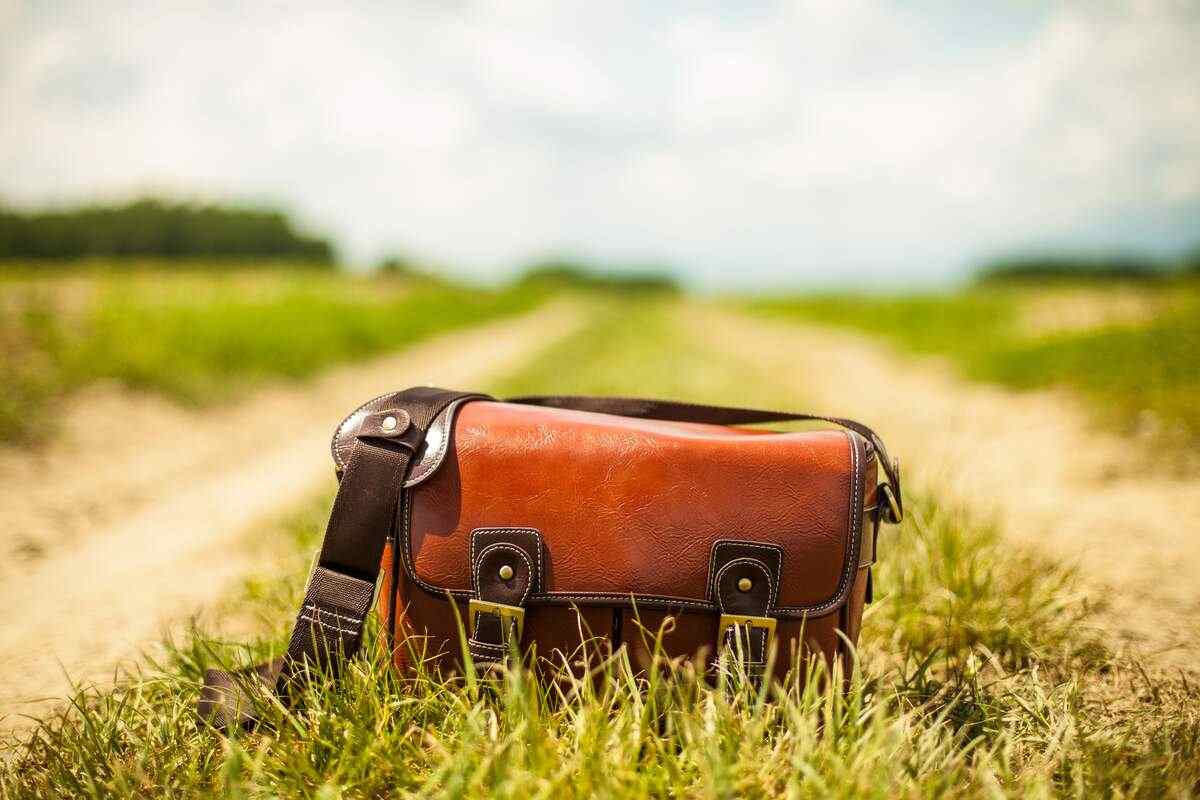
Not only is leather with a full grain the most luxurious material, but it also has the longest lifespan of any material. A truly one-of-a-kind final product is created when the inherent grain and coloring of a leather hide are not covered up but rather let show through.
When compared to other types of animal-based leather, full-grain leather produces the most goods per hiding and generates the least amount of waste. Full-grain leather is the best material to choose if you want comfort, natural beauty, and durability.
Not Sure Yet? Take, for example, synthetic leather.
The primary benefits of faux leather are its cheap price and its great degree of resemblance, both in appearance and texture, to real leather.
As a result of the fact that this material is entirely man-made and does not need the participation of any animals in the manufacturing process, it is often selected by consumers.
It is possible that it is the best choice for some people because of its capacity to prevent the growth of germs, last for a long time, and not fade easily.
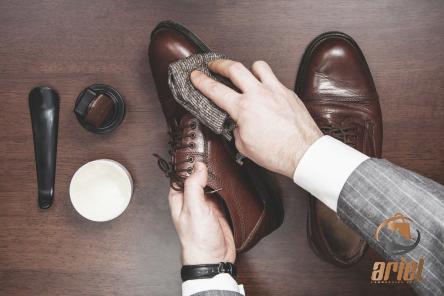



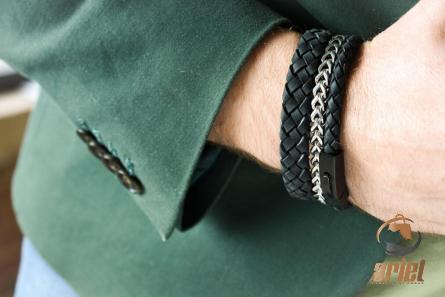
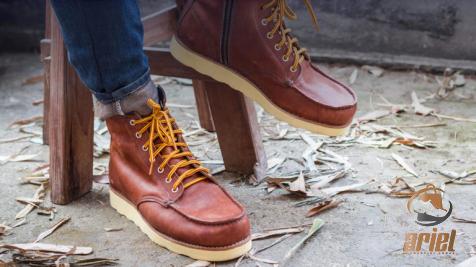


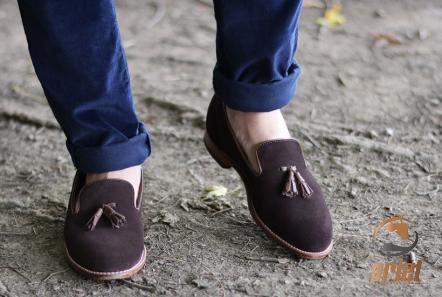
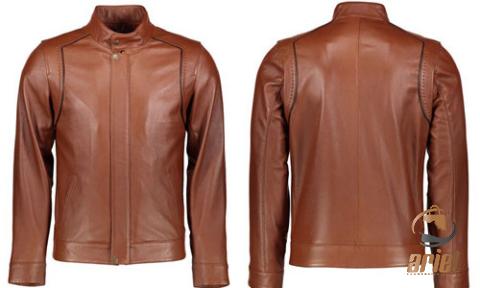
Your comment submitted.